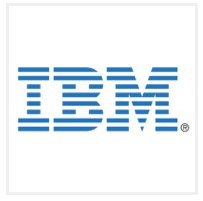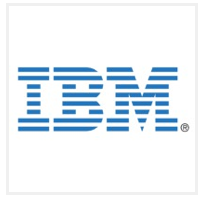 I blogged a little about the tech preview of IBM’s Operational Decision Manager – Advanced product when I was at IMPACT and I recently got a full briefing on the new ODM Advanced release.
I blogged a little about the tech preview of IBM’s Operational Decision Manager – Advanced product when I was at IMPACT and I recently got a full briefing on the new ODM Advanced release.
 I blogged a little about the tech preview of IBM’s Operational Decision Manager – Advanced product when I was at IMPACT and I recently got a full briefing on the new ODM Advanced release.
I blogged a little about the tech preview of IBM’s Operational Decision Manager – Advanced product when I was at IMPACT and I recently got a full briefing on the new ODM Advanced release.
ODM Advanced has been under development for about 2 years with early access for customers back in late 2013 and technology previews during 2014. At Insight 2014 IBM is formally launching the product as part of ODM 8.7 with a Q4 general availability. About 10 clients got engaged with the technology preview and about 20+ opportunities that are suitable use case are actively considering the solution. Example use cases are alerting sales to drive proactive interactions with clients based on interaction patterns, real-time marketing for online platforms, operational monitoring of complex networks and fraud detection.
ODM Advanced is part of a new packaging of IBM Operational Decision Manager. IBM ODM 8.7 will have three packages:
- IBM ODM Express that contains Decision Center and Decision Server Express (intended for a smaller configuration suitable for first projects).
- IBM ODM Standard that contains Decision Center and Decision Server Standard (the old Decision Server Rules Edition).
- IBM ODM Advanced that contains Decision Center and Decision Server Advanced (Decision Server Rules, Decision Server Events and the new Decision Server Insights).
The key difference between ODM Advanced and ODM Standard is the focus on situational, stateful, context-aware decisions. Where ODM standard is transactional, stateless and request-reply, ODM Advanced is designed to be situational, stateful, context-aware and event-driven. In addition the ODM Advanced server considers all the deployed decision domains as a set rather than managing them independently as is typically with ODM Standard. The intent of ODM Advanced is to “deliver proactive decisions in the business moment”.
This focus on proactive decision automation requires context – it must be possible to bring together the services and systems involved even to deliver a coherent context within which a decision can be made that reflects all this context. ODM Advanced is designed to pull data and events together to understand how everything is related and to do this in real-time. Business rules and analytics can be applied to get insight into what is the best thing to do – the best decision to make – and then push that decision into the real-time environment in which it is needed. IBM sees four steps in this:
- Sense what is happening.
ODM Advanced can monitor active and passive data sources, using JMS and http inbound and outbound messages and transforming/enriching these event patterns with data that is already stored. - Build a context.
ODM helps build context by supporting geospatial analysis, leveraging existing predictive analytic models, identifying trends and patterns (even very long term ones) in events and allowing all this to be expressed in a standard rules framework. Analytics can be used to identify trends across a single entity or to analyze trends across a population. Predictive analytic models can be consumed as well by invoking the SPSS execution environment. - Decide what to do.
The classic ODM capabilities allow potentially complex decisions to be defined, managed by business users and executed. Decisions are all based on business user friendly rules-based metaphors that can handle events, patterns, geospatial analysis etc. - Act quickly and consistently.
ODM has push connectivity so it can direct action in IBM BPM, IBM Business Monitor and any SOA-based system of record.
The server is designed to provide a high-performance, scale-out architecture using a compute and data grid. This allows multiple business logic containers to be deployed that use business rules, analytics and context to make decisions. These respond to events handled by inbound gateways and communicate out through a set of outbound gateways. By distributing logic out close to the context data the grid approach minimizes data movement and maximizes performance. Synchronous and asynchronous replication as well as disaster recovery ensure that trends and patterns can be monitored reliably over extended periods. Logic, data and event pattern additions do not require the system to be brought down for updates.
IBM ODM Advanced is available December 5 and more information is available here. IBM is one of the vendors in the Decision Management Systems Platform Technologies Report.







